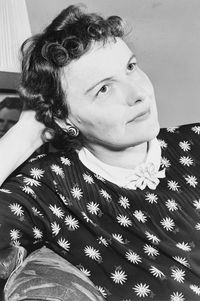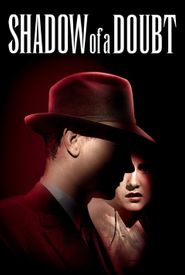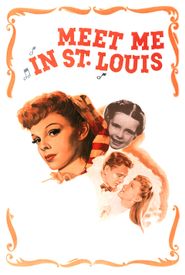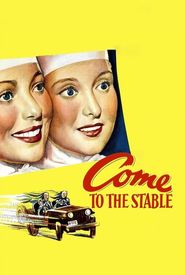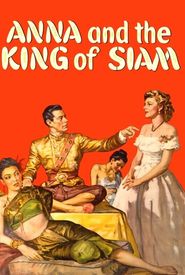Sally Benson, a luminary born on September 3, 1897, in the vibrant city of St. Louis, Missouri, embarked on a remarkable journey that would shape her future. Her formative years were spent in the bustling metropolis of New York, where she received an esteemed education at the prestigious Horace Mann School, a renowned institution that would lay the foundation for her future success.
At the tender age of seventeen, Sally took her first step into the professional world, securing a position at the National City Bank. This early start marked the beginning of her illustrious career, during which she would go on to make a lasting impact. In her own words, she later humorously recalled the early days of her job, where she would "sing into a dictaphone," a whimsical memory that would stay with her for years to come.
As she traversed the labyrinthine twists and turns of life's unpredictable journey, including the tumultuous and often painful dissolution of her marriage, Benson's extraordinary talent and innate curiosity led her to uncover a profound passion for the art of writing, initially manifesting in her meticulous reviews of literary magazines and her captivating interviews with the crème de la crème of the rich and famous.
Her burgeoning writing career, however, was set ablaze when she submitted a masterfully crafted short story to the prestigious and revered The New Yorker in the year 1930, adopting the pseudonym Esther Evarts, which in turn precipitated a cascade of enthusiastic requests from the editors, clamoring for more of her sublime and captivating literary offerings.
Benson's subsequent literary endeavors were marked by a series of captivating tales revolving around the endearing yet awkward Judy Graves, a youthful heroine whose relatable experiences and misadventures captured the hearts of readers. These stories, initially published under the collective title "Junior Miss," would later go on to achieve great acclaim, being compiled into a 1941 Book of the Month selection and adapted into various forms of entertainment, including a Broadway comedy play, a movie, and a television musical.
Noteworthy among her extensive body of work is the timeless classic, "Meet Me in St. Louis", a cinematic masterpiece released in 1944. Initially, this poignant portrayal of a St. Louis family's life unfolded as a series of nostalgic vignettes, spanning the years from 1903 to 1904. Drawing heavily from her own childhood experiences, Benson's stories were first published in The New Yorker under the title "5135 Kensington Avenue", the street where she was born and spent her formative years.
Benson's impressive repertoire of work extends far beyond her individual projects, as she was also involved in a multitude of collaborative endeavors with renowned filmmakers and writers of her time. One such notable example is her contribution to the iconic thriller "Shadow of a Doubt" (1943),directed by the master of suspense himself, Alfred Hitchcock. This cinematic masterpiece showcased Benson's versatility as a creative force, and her ability to excel in a variety of roles.
In addition to her work on "Shadow of a Doubt", Benson also lent her talents to the romantic drama "Anna and the King of Siam" (1946),a film that allowed her to showcase her range and depth as a performer. Her involvement in this production demonstrated her capacity to navigate complex characters and storylines with ease and aplomb.
Furthermore, Benson's impressive resume also includes her work on the film noir "No Man of Her Own" (1950),a genre-defining classic that cemented her status as a talented and dedicated artist. This film noir, with its dark and gritty tone, provided Benson with the opportunity to explore the complexities of human nature, and to bring her unique perspective to the world of cinema.
Benson's creative output did not stop at film, however. She also adapted Booth Tarkington's beloved novel "Seventeen" into a successful Broadway play, a testament to her versatility and range as a performer. This adaptation, which brought Tarkington's classic novel to life on the stage, demonstrated Benson's ability to translate her talents to different mediums, and to captivate audiences in a variety of settings.
Noted American actress, Ina Claire Benson, was known to indulge in a variety of hobbies and leisure activities that brought her immense joy and relaxation. Among her favorite pastimes were reading, a tranquil pursuit that allowed her to escape into the world of literature and explore the vast expanse of human imagination. Additionally, Benson was a talented musician, proficient in playing both the harp and piano, instruments that required dedication, discipline, and a deep appreciation for the beauty of sound.
Beyond her artistic pursuits, Benson was also an avid fan of horse racing, often found at the racetrack, where she would revel in the thrill of competition, the majesty of the equine athletes, and the electric atmosphere that filled the air. Despite her many accomplishments and interests, Benson's life eventually came to a close in July 1972, at the ripe age of 74, leaving behind a legacy that continued to inspire and entertain generations to come.
